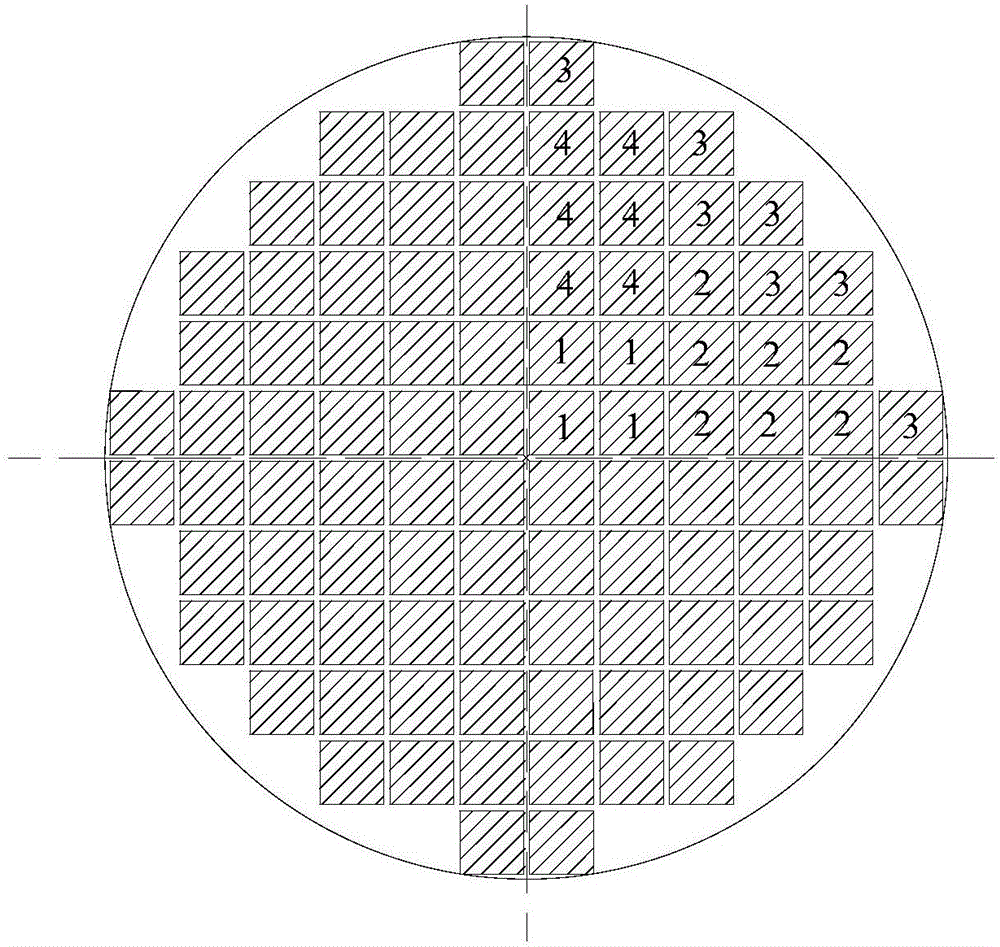Laser energy transmission photoelectric conversion efficiency improvement method based on photocell array circuit optimization
A photoelectric cell and circuit technology, applied in the field of laser applications, can solve the problems of not being too thin, setting the laser power with a small proportion of the total area, increasing the target weight and volume of energy transmission, etc., to meet the requirements of reduction, reduce energy waste, increase The effect of large coverage
- Summary
- Abstract
- Description
- Claims
- Application Information
AI Technical Summary
Problems solved by technology
Method used
Image
Examples
Embodiment Construction
[0015] In conjunction with the accompanying drawings, a further detailed description will be given of the photoelectric conversion efficiency enhancement method of laser power transmission based on photovoltaic array circuit optimization of the present invention.
[0016] The laser spot energy targeted by the present invention is axisymmetrically distributed, and the laser irradiation power received by the photocell arrays in the four quadrants is exactly the same, and the output characteristics are also the same. Therefore, only the photocell arrays in the first quadrant are marked and explained. The remaining quadrants are consistent with the first quadrant. Optimizing series-parallel photocell arrays such as figure 1 As shown, the outermost circle represents the laser spot boundary, and the photocells with the same number represent the same group of photocell units. The photocell array is composed of 96 photocells in total. The size of a single photocell is 10mm×10mm, whic...
PUM
 Login to View More
Login to View More Abstract
Description
Claims
Application Information
 Login to View More
Login to View More - Generate Ideas
- Intellectual Property
- Life Sciences
- Materials
- Tech Scout
- Unparalleled Data Quality
- Higher Quality Content
- 60% Fewer Hallucinations
Browse by: Latest US Patents, China's latest patents, Technical Efficacy Thesaurus, Application Domain, Technology Topic, Popular Technical Reports.
© 2025 PatSnap. All rights reserved.Legal|Privacy policy|Modern Slavery Act Transparency Statement|Sitemap|About US| Contact US: help@patsnap.com


